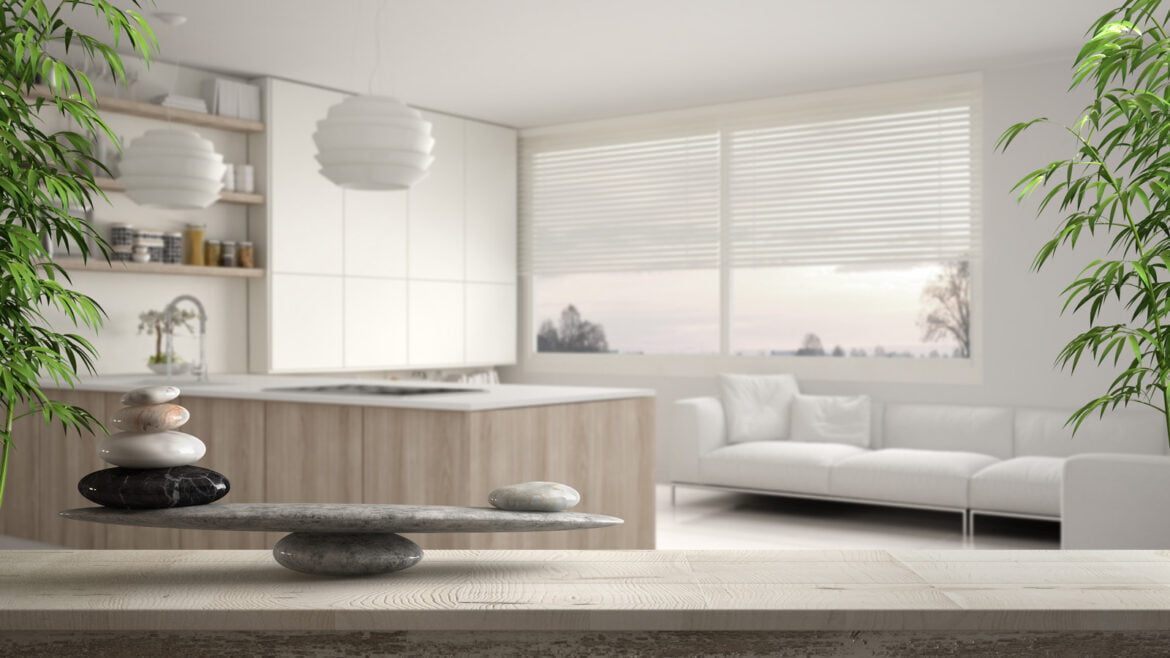The Art of Feng Shui: Balancing Energy in Your Home
The Art of Feng Shui: Balancing Energy in Your Home
Feng Shui, an ancient Chinese practice, is a philosophy that focuses on balancing the energies within a space to promote harmony, health, and prosperity. It is deeply rooted in the idea that the arrangement and orientation of elements within our living spaces can influence our well-being and overall quality of life. In this article, we will delve into the art of Feng Shui, exploring how you can create a harmonious environment within your home by understanding and applying its principles.
Understanding the Principles of Feng Shui:
Feng Shui is based on fundamental principles that involve understanding the flow of energy, known as “Chi,” and arranging elements in a way that maximizes its positive impact. It encompasses the balance of Yin and Yang, the five elements (wood, fire, earth, metal, water), and the Bagua, an energy map used to analyze different areas of a space.
The Bagua: Mapping Your Space:
The Bagua is a crucial tool in Feng Shui, representing the various aspects of life—such as career, family, wealth, health, and relationships—through eight specific areas. By mapping your living space according to the Bagua, you can identify and enhance each area to achieve a more balanced and harmonious environment.
Creating a Harmonious Flow of Energy:
Feng Shui emphasizes the importance of maintaining a smooth and unobstructed flow of energy within your home. Arrange furniture and objects to allow Chi to move freely, avoiding cluttered spaces and arranging furniture in a way that encourages a natural circulation of energy throughout the room.
Choosing Appropriate Colors and Elements:
Each color and element in Feng Shui is associated with a specific energy and aspect of life. For instance, earth tones promote stability and grounding, while water elements encourage fluidity and relaxation. By incorporating these colors and elements strategically, you can enhance the corresponding areas of your home.
Positioning and Direction for Optimal Energy:
The direction and position of objects, furniture, and entrances play a crucial role in Feng Shui. Aligning your bed, desk, or stove in auspicious directions can help attract positive energy, promoting better health, relationships, and overall prosperity.
Decluttering and Organization:
Feng Shui advocates for decluttering and maintaining an organized living space. Clutter can disrupt the flow of Chi and create negative energy. Keep your space tidy and clutter-free to allow for the smooth movement of energy and create a sense of tranquility.
Incorporating Natural Elements:
Integrating natural elements like plants, water features, or natural materials into your home helps balance energy. Plants purify the air and bring vitality, while water features like fountains or aquariums can symbolize abundance and prosperity.
Personalizing Your Space:
Feng Shui encourages personalization to create a space that resonates with your energy and personality. Display meaningful artwork, photographs, and objects that evoke positive emotions and reflect your aspirations and values.
Must Read : Color Trends 2023: Picking the interior paint schemes
Conclusion:
Feng Shui is a holistic approach to creating a harmonious living environment by aligning the energies in your home. By understanding and applying the principles of Feng Shui, you can achieve a balanced and energetically vibrant space that supports your well-being, fosters positive relationships, and attracts abundance and prosperity into your life.
At Shell and Core, we stand as a premier Architectural & Interior Design Company in Dubai. Whether your vision entails innovative Interior Architecture, impeccable Interior Design, seamless Fit-out Solutions, or a comprehensive approach as an Architectural & Interior Design Company, we bring purposeful elegance and tranquility to your spaces. Contact Shell and Core today to embark on a transformative journey, shaping spaces.
















